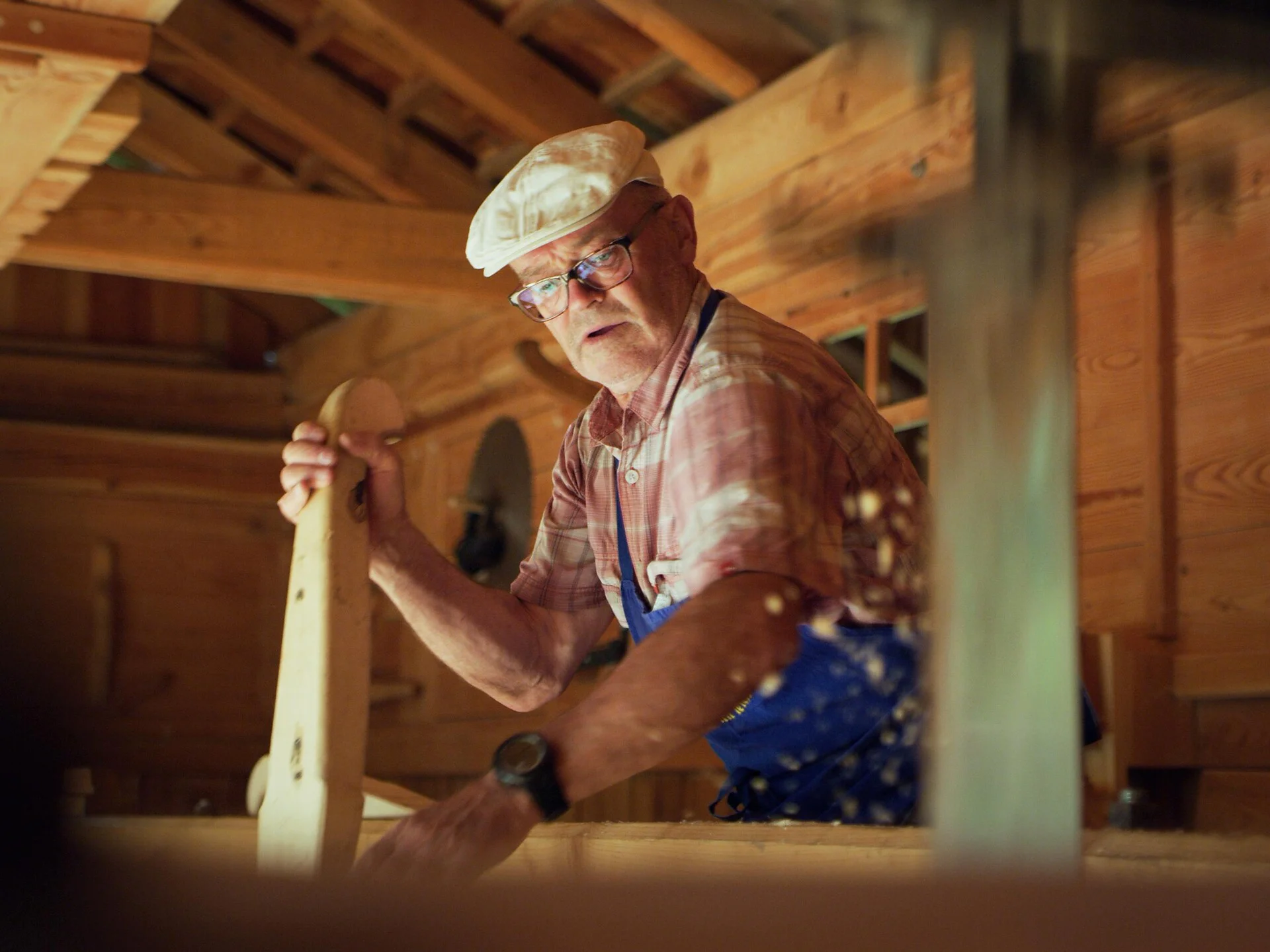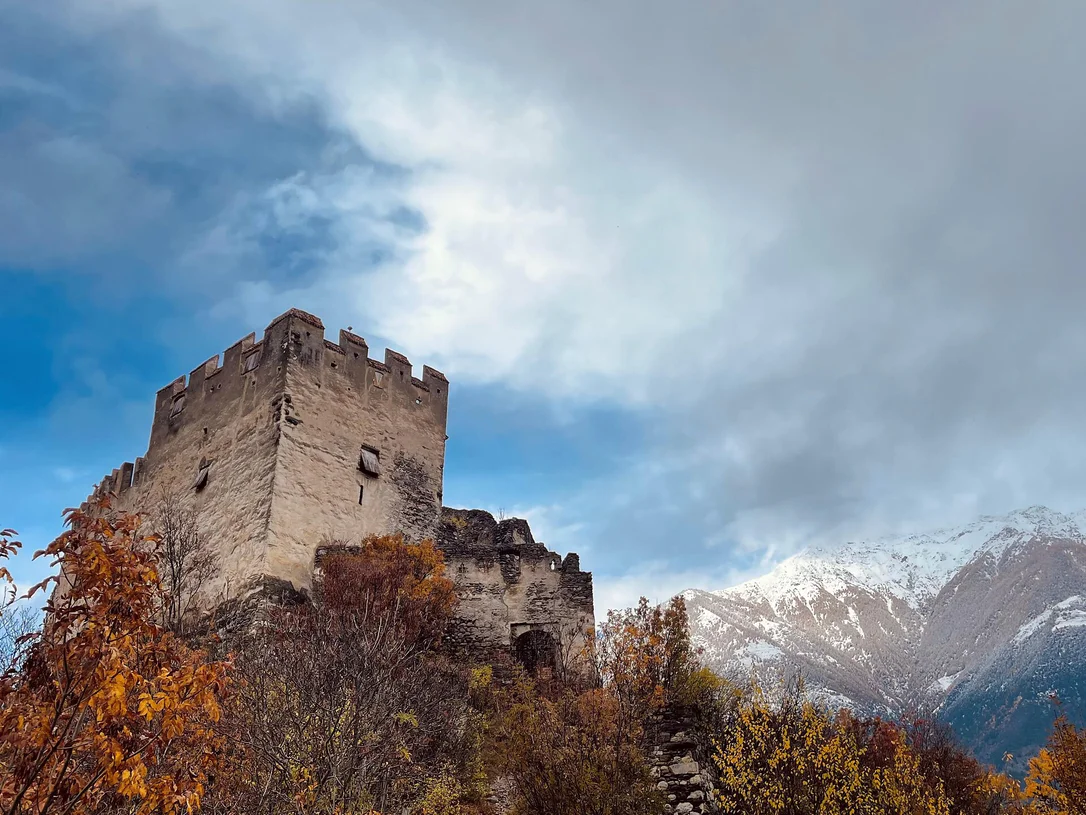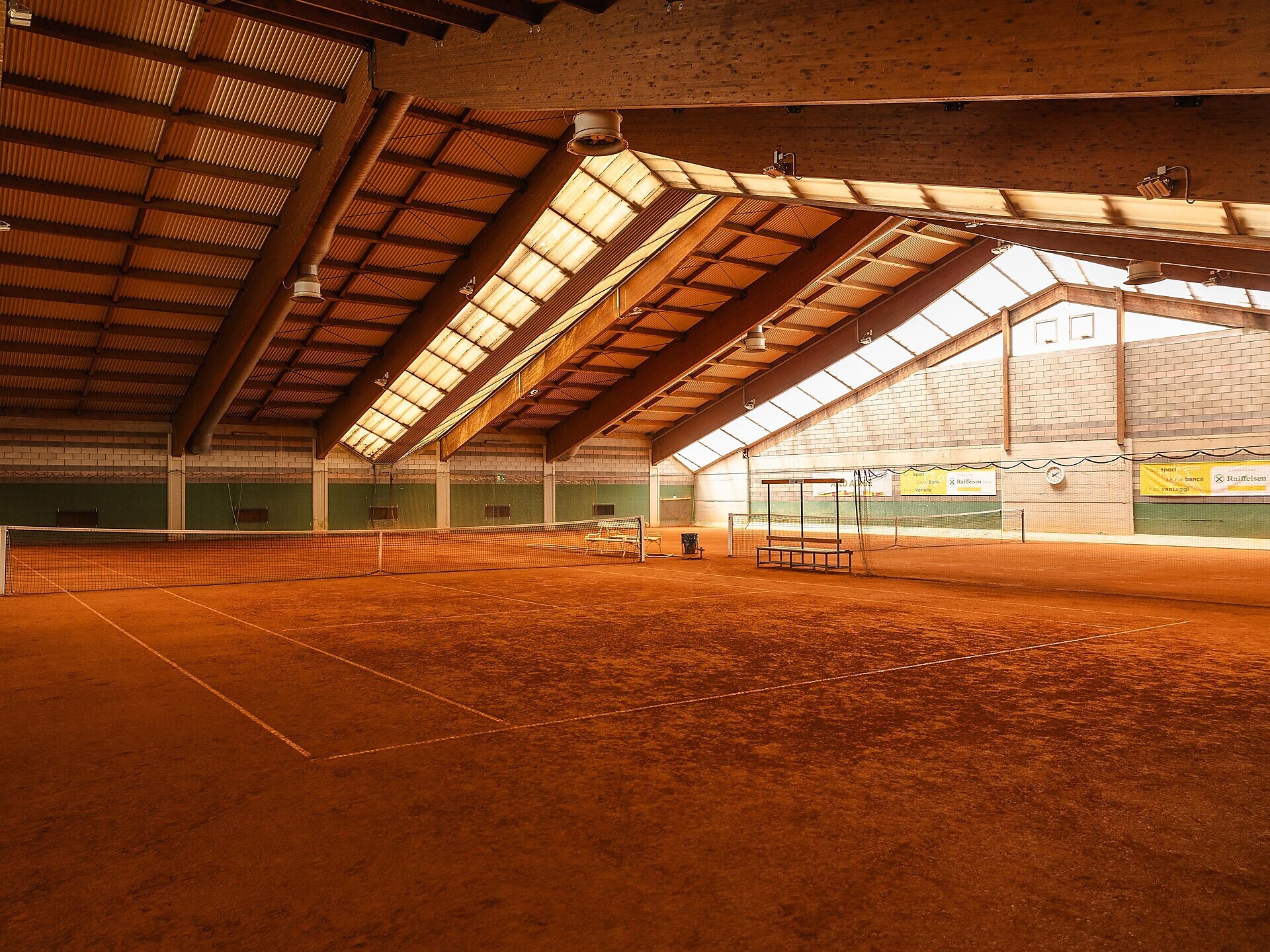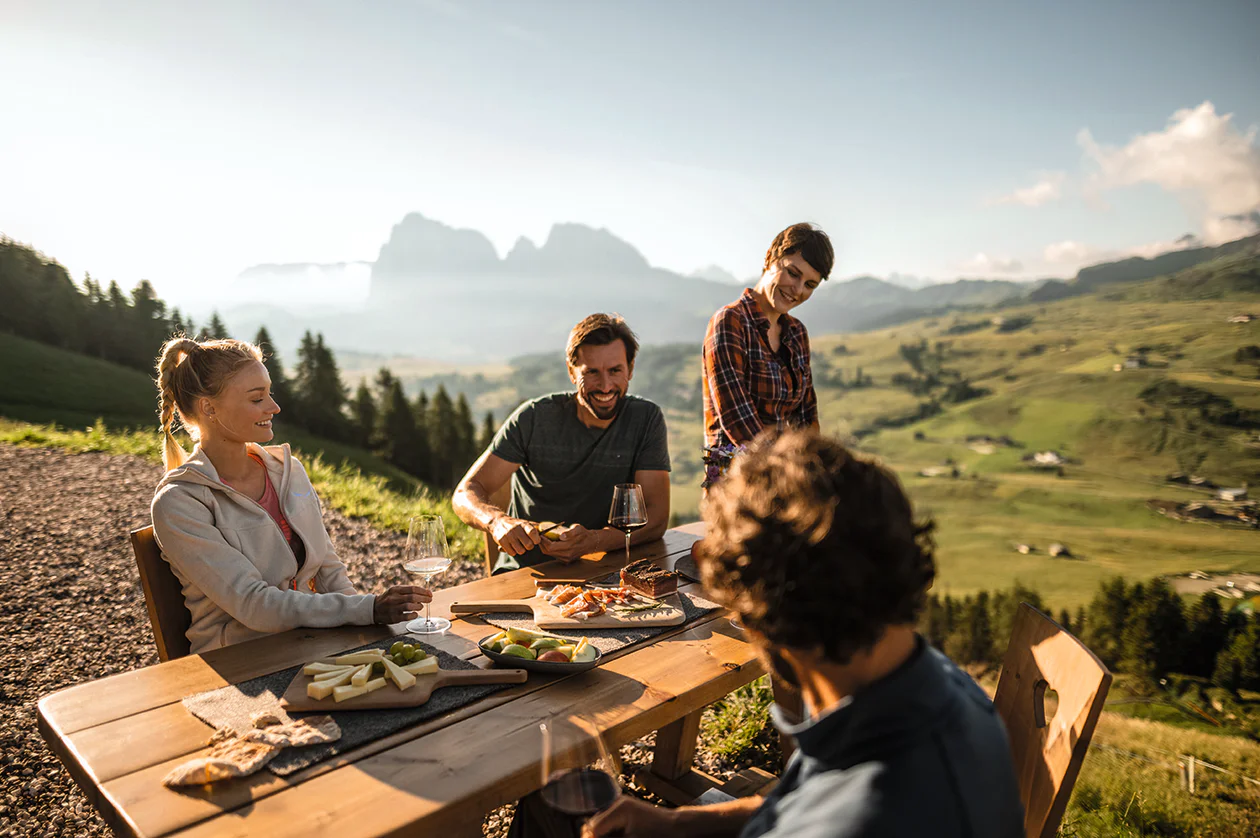The old Lippa sawmill from the 19th century is located in Oberolang, in an easily accessible location in the immediate vicinity of the Val Pusteria cycle path and the Olang nature and culture trail. It is the last remaining Venetian sawmill, which was restored and put back into operation in 2011 after it was last used in 1958. It is a unique testimony to the history of the Val Pusteria timber industry.
Guided tours are only possible in SUMMER! For more information, please contact the Valdaora/Olang tourist office.



























































































